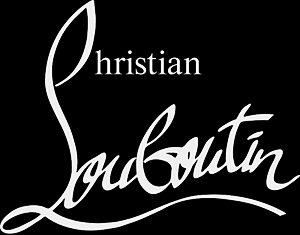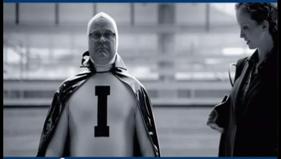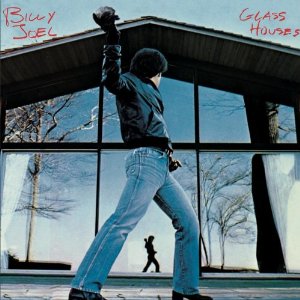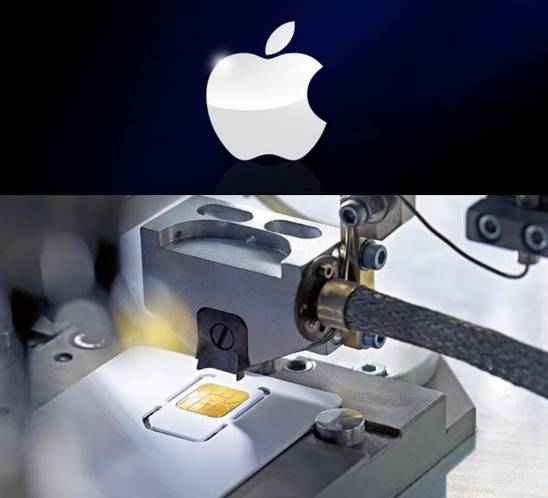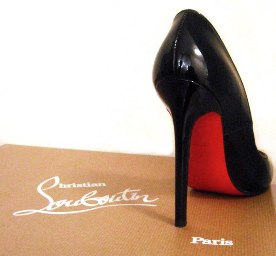 In opposition, LP cited cases in which the courts have held that aesthetic functionality exists when trademark protection for a design would impose a “significant non-reputation-related disadvantage” on competitors. LP argued that “the aesthetic functionality doctrine serves to maintain robust competition, and to prevent mark owners from using trademark as a kind of back door to perpetual patent-like protection for attractive but non-novel product features.”
In opposition, LP cited cases in which the courts have held that aesthetic functionality exists when trademark protection for a design would impose a “significant non-reputation-related disadvantage” on competitors. LP argued that “the aesthetic functionality doctrine serves to maintain robust competition, and to prevent mark owners from using trademark as a kind of back door to perpetual patent-like protection for attractive but non-novel product features.”
In summary, LP contended that “if the relevant consumers want a product feature because it is especially attractive, then that feature is not a proper subject of monopolization by a single producer – unless it meets the demanding novelty requirement of design patent,” pointing out that “the patent law limits the grant of monopoly protection, both in restricting its application to truly novel designs and in limiting the duration of the monopoly (currently 14 years).”
LP asserted that the Supreme Court has repeatedly stated that functional features are not protectable, regardless of secondary meaning. LP argued that the question to be answered is “whether the feature at issue has aesthetic appeal regardless of its source-identifying significance (as opposed to being something that consumers think is aesthetically appealing because they have a high regard for the brand).” LP maintained that the District Court properly posed this question, and correctly found that red is an appealing color for shoes, and at least in some circumstances can increase the appeal of the overall shoe when applied to the sole of the shoe.
LP further pointed out that if Louboutin had never existed, the defendant YSL would have the same aesthetic reasons for choosing to use a red sole on a red shoe, as indeed the record reflects that YSL used red soles as an aesthetic element long before Louboutin designed shoes.
In response to Tiffany’s arguments, LP asserted that “[t]o tell a designer that other single colors are “adequate” – at least until someone else appropriates them … is to interfere significantly with both creative freedom and with consumers’ ability to make fashion choices that are both highly individual and deeply personal.” Regarding Tiffany’s rights in its registered color marks for non-functional product packaging, LP maintained that this decision will not affect Tiffany, as the Supreme Court has held, “product packaging is very different from product design.”
It is up to the Court of Appeals to decide whether the District Court applied the right standards for deciding the case (read about the final decision here). It appears that since both parties have strong arguments and high stakes in the decision, and since the case battle revolves around defining the limits of trademark protection as a basis for enforcing an IP strategy, the losing party would further appeal to the Supreme Court.
The court has a point in singling out the fashion industry for invalidating monochromatic color marks on items of wear. In the Israeli case of Eastman Kodak against Conko Ltd., the District Court of Tel Aviv-Jaffa properly held that the defendant’s photofinishing shop wrongfully used a distinct yellow-toned envelope, similar to the hue used by the plaintiff in its well-established branding strategy as part of its IP management, to hold printed photographs developed for its customers. The reasoning being that the color of an envelope is not functional, but simply signals the identification of the envelope producer, and thus is a protectable trademark.
In contrast, any single color on an item of wear in the fashion industry would be part and parcel of the item itself, and therefore, functional in nature. In this context, it is hard to imagine a situation in which a single color would not be functional, since it is the very function of color in the fashion industry to create an impression on the consumer, even on the sole of a shoe. To wit, color me impressed.




